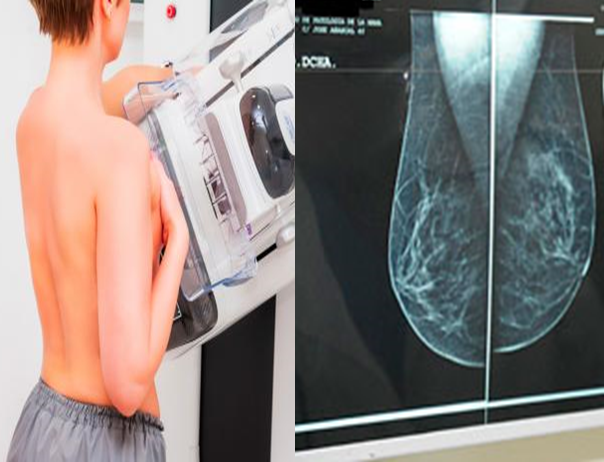Association between characteristics of mammographic calcifications and malignie Neoplasia in a national hospital – 2017
Asociación entre características de las calcificaciones mamográficas y neoplasia maligna en un hospital nacional, 2017
DOI:
https://doi.org/10.25176/RFMH.v20i1.2548Keywords:
Breast cancer, Mammography, Malignant neoplasmAbstract
Introduction: The presence of calcifications may be useful for the diagnosis of breast neoplasia. Objective: To determine the association between the characteristics of mammographic calcifications and malignant neoplasia. Methods: Observational, analytical, retrospective of cases and controls. Developed in the Gynecology Breast Pathology Unit. Female patients with mammogram suggestive of malignant neoplasm with a positive malignancy biopsy were included as cases, and 67 patients without histological evidence of malignancy as controls. Results: The average age of the cases was 54.12 years, in the controls 50.34. 50,.9% (59) are older than or equal to 50 years, OR 2,399 95% CI (1,125-5,114) p = 0.022, of these 52.5% (31) had breast cancer. 9.5% (11) had calcifications suspicious of malignancy, the most frequent, the amorphous and the pleomorphic fine. 37.1% (43) of the total cases have the BI-RADS 0 category, 6.9% (8) BI-RADS 1, 8.6% (10) BI-RADS 2, 7.8 % (9) BI-RADS 3, 28.4% (33) BI-RADS 4, 8.6% (10) BI-RADS 5 and 2.6% (3) BI-RADS 6. 72, 7% (8) of patients with calcifications suspected of malignancy presented breast cancer. In the bivariate analysis, an OR of 4,163 was obtained. 95% CI (1,043-16,606) p = 0,031. In the multivariate analysis the association remained unchanged regardless of age and BI-RADS. Conclusion: Age 50 years or older and mammographic calcifications suspected of malignancy are associated factors for breast cancer.
Downloads

Downloads
Published
How to Cite
Issue
Section
License
Copyright (c) 2019 Revista de la Facultad de Medicina Humana

This work is licensed under a Creative Commons Attribution 4.0 International License.



































